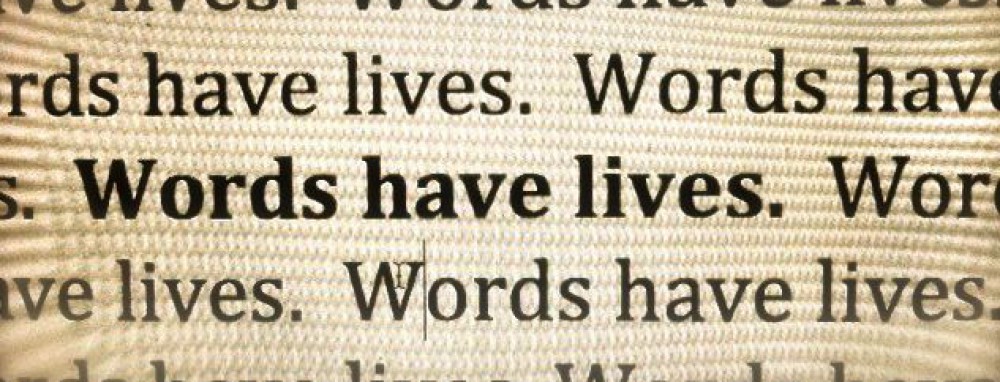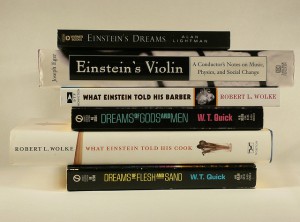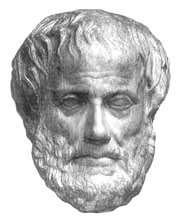In academic writing, ideas are constantly being exchanged. Writers credit intellectual sources to show both the path and development of their ideas and to avoid plagiarism. Academic writers also identify sources because sharing ideas and making connections between your ideas and the ideas of others is a means of entering the academic playground. You must become fluent in crediting sources and showing clearly which ideas are yours and which ideas belong to others.
There are many factors involved in crediting sources. One factor is properly capitalizing titles of essays and articles.
STRATEGY:
Most words should be capitalized in titles including:
- The first and last words
- Words of four letters or more
- All words of titles of three words or fewer
Words that SHOULD NOT be capitalized in titles are:
- Articles (a, an, the) that do not appear at the beginning or end of the title
- Coordinating Conjunctions
- Prepositions of 3 letters or fewer
- “To” when part of a verb phrase that is not at the beginning of the title
“Why American Kids Should Be Happy but Aren’t”
“Who Said I Had to Be a Genius to Get Attention?”
“The Truth Behind Mohawks and Other Hairstyles”









